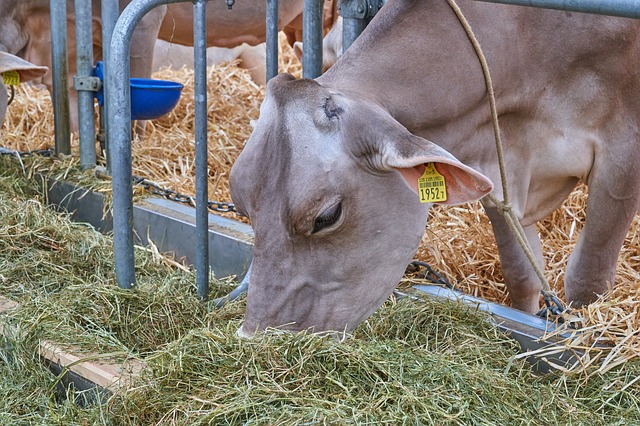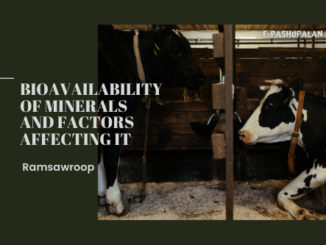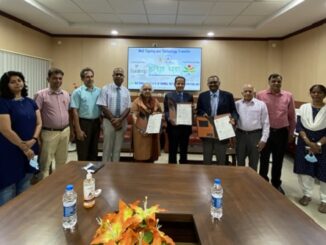Aquaporins are water channel proteins that allow movement of water molecules across the cell membrane downs the concentration gradient, so when would ever the cells of body need water they are being able to release water molecule very quickly. The gastrointestinal tract is the major organ for water absorption, transport and is only secondary to kidneys. This fast transepithelial fluid transport occurs either via transcellular pathways, which are mediated by passive diffusion, aquaporins (AQPs) water channels and co-transporters, or via paracellular pathways by tight junctions, or both. Among these, the regulations of AQPs driven by the osmotic forces represent a major transcellular pathway for bidirectional water transport by the epithelium of the digestive tract. The absorption and secretion of transepithelial fluids and solutes are closely related to gut physiology by maintaining water and electrolyte balance.

These regulations may either affect the activation or inhibition of ion and solute transport or alterations of AQPs’ expression and distribution, which may account for the changes of water transport in the gastrointestinal tract. Large amount of fluids are transported by the digestive system, and the epithelial cells of GI tract serve important roles on regulating the water and electrolytes balance. Water in the intestine is from food intake (w2L/day) and the secretion of digestive juice (w7L/day), which is absorbed by the small intestine and colon, and w100 mL was excreted every day. AQPs facilitate the transmembrane water transport in the digestive system; investigation on the cellular and subcellular distribution of AQPs in the GI epithelium could provide novel insight on the diagnosis and treatment of digestive diseases.
There are two pathways of AQPs dependent water transport:
- Paracellular pathway that takes place in the intercellular space
- Transcellular pathway, which is through the apical and basolateral membranes.
These two pathways are not completely independent, lateral intercellular space is the barrier between them. Water can only be transported by capillary blood vessels when the two pathways were entirely independent. Paracellular pathway has been considered as the main route of water transport and nutrient absorption, however, there is some limitation in paracellular water transport, especially in the epithelial cells of small intestine.
There are three mechanisms of transcellular water transport via the apical and basolateral membranes:
- Passive diffusion by phospholipid bilayer
- Co-transport with ion and nutrient
- AQPs-dependent diffusion
Gastric epithelial cells exhibited low permeability against water and small non-electrolyte and served protective roles when the cell volume suddenly increased; as the extracellular osmotic pressure changed, large amount of water pass through the gastric mucous to stimulate the secretion of gastric juice, consequently maintain the osmotic balance of the gastric contents.






Be the first to comment